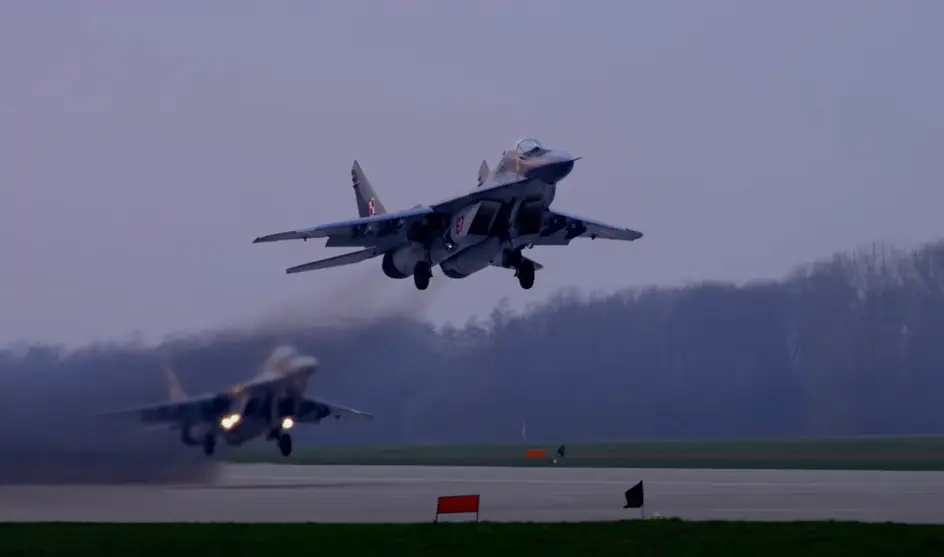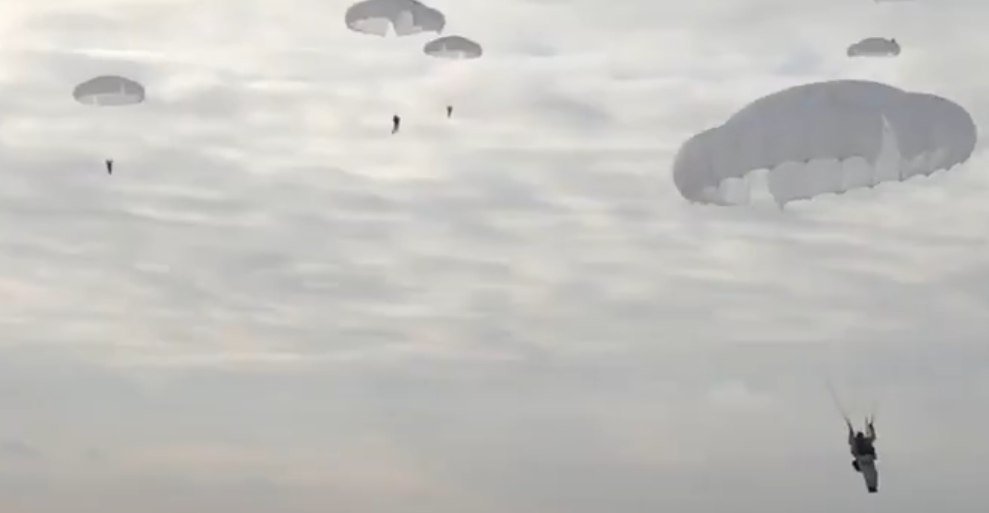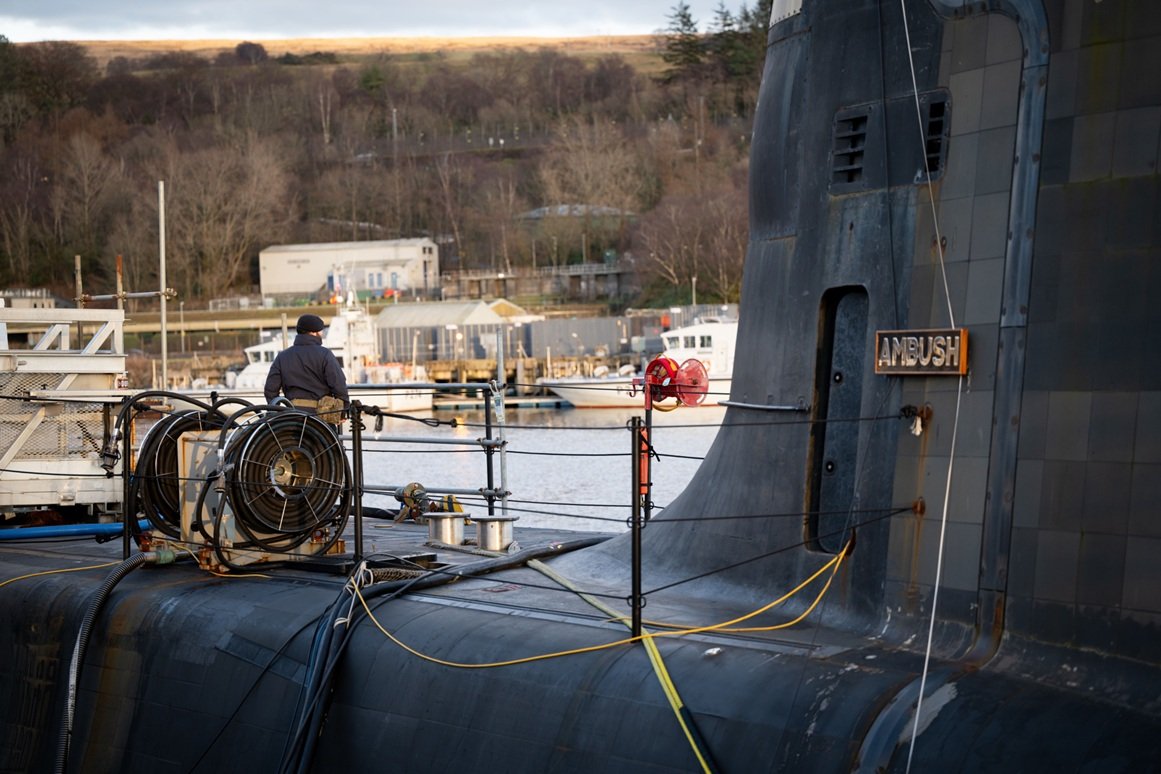
What does the air defense of Belarus look like today? Analysis of current systems, modernization and geopolitical role
Belarus, August 9, 2025 – The air defense of Belarus is a key element for the national security of the Belarusian state. With Russian systems and close military cooperation with Moscow, Belarus is profiled as a strong and integrated part of the eastern security structures. What is the current state, development and prospects of the air defense of Belarus, including its strategic and technological challenges in a dynamic geopolitical environment.
Currently, air defense is becoming one of the key pillars of the modern army. With the rapid development of technology and new threats, such as hypersonic missiles and drones, the ability to effectively protect airspace is essential for national security. In this context, the air defense of Belarus is a particularly interesting topic, since the state lies at the crossroads of European and Russian geopolitical interests. Belarus is an ally of Russia and has a long history of military cooperation with it, which has significantly influenced the development of its defense capabilities. On the other hand, its location near NATO and the European Union countries means that any change in its military policy has a wide geopolitical impact.
History and development of air defense in Belarus
Belarus, like other former Soviet republics, inherited a large military complex after the collapse of the Soviet Union, including air defense (ADF), which was crucial to the security of the Eastern Bloc. The Soviet era shaped the basic structure of the Belarusian ADF and provided it with advanced systems that remain in service today. Even after the collapse of the USSR, air defense was a priority, as the country faced not only regional threats, but also broader geopolitical challenges. After the collapse of the Soviet Union and the declaration of independence of Belarus in 1991, a number of Soviet air defense systems remained in Belarus, including older types such as the S-75, S-125 and S-300, which formed the basic component of the defense. However, this legacy soon gave way to modernization, as Belarus gradually adopted new Russian systems. The connection with Russia within the framework of military alliances, such as the Common Air Defense System (a simple interconnection of defense forces) and the Military Pact of the CIS (Commonwealth of Independent States), led to the transition from Soviet to Russian technologies. In this context, Belarus decided to invest in new Russian systems such as the S-400.
Systems and technologies of the current air defense of Belarus
Today, Belarus has various air defense systems that cover a wide range of threats at different distances and altitudes. The largest part of the air defense system is made up of long-range systems, such as the S-300, of which Belarus has 60 units in the S-300PT and S-300PS variants. These systems are capable of destroying air targets at a distance of up to 150 kilometers and are key to protecting the airspace of the entire country. In addition, Belarus has 16 S-400 systems in its arsenal, which represent a more modern and even more effective platform for defending against air, missile and other threats.
For medium-range, 9K37 Buk systems are used, the exact number of which is unknown, but it is still a very effective tool capable of destroying air targets at medium distances. At shorter distances, several modern systems are deployed, such as 21 Tor-M2Es, which protect the country against low-flying missiles and aircraft, as well as 4 Tor-M2K versions.
In addition to these modern systems, Belarus still uses older but still functional systems, such as the 9K33 Osa and 9K35 Strela-10, which are used for protection at very short distances. A completely specific device is the 2K22 Tunguska, which is a combined system with missiles and cannons. The ZU-23-2 anti-aircraft systems are also used for protection against low-flying targets.

Organization of the Air Defense of Belarus
The air defense of Belarus is organized into several brigades and regiments, which are deployed throughout the country to cover various air defense zones. The organization is aimed at maximum flexibility and efficiency in various operational conditions, while emphasizing the integration of modern Russian systems. The Belarusian air defense is divided into several key units:

1 brigade with S-300PT and S-400 (15th Anti-Aircraft Missile Brigade)
This brigade is equipped with some of the most modern systems, such as the S-300PT and S-400. The S-300PT systems are capable of covering airspace at long distances and are crucial for protecting strategic targets. The S-400, which is considered one of the most advanced air defense systems in the world.

4 regiments with S-300PS
These units are equipped with the S-300PS version, which is an improved version of the original S-300PT. Although not as modern as the S-400, it still remains an effective tool for medium-range air defense. Among these units, we can mention, for example: 1st Anti-Aircraft Missile Regiment, 377th Guards Anti-Aircraft Missile Regiment, 115th Anti-Aircraft Missile Regiment and 1 brigade with 9K37 Buk and 9K331ME Tor-M2E (120th Yaroslavl Anti-Aircraft Missile Brigade) 1 regiment with 9K331ME Tor-M2E One of the key regiments is also the one that is fully equipped with the 9K331ME Tor-M2E system. This is the 1146th Guards Anti-Aircraft Missile Regiment.

2 regiments with 9K33 Osa
Belarus’ air defense also includes regiments equipped with the 9K33 Osa system, a short-range mobile system designed to protect against low-flying threats such as aircraft and helicopters. However, the Osa is now a relatively outdated system and is expected to be replaced in the near future. The 147th Anti-Aircraft Missile Regiment and the 740th Anti-Aircraft Missile Regiment are armed with this system

Modernization and new development trends
Belarus is not lagging behind in the modernization of its air defense. In recent years, the country has focused on expanding and modernizing its fleet of S-400 systems. In addition, Belarus is increasingly involved in Russian air defense development programs, which strengthens its defense capabilities and at the same time ensures deeper integration with Russian forces. An example is the expansion of air defense cooperation and the development of a joint command within the Eastern Partnership, a security alliance between Belarus and Russia. A significant challenge for Belarus is cybersecurity and electronic warfare. Modern threats, such as attacks on radars or attempts to disrupt fire control systems, pose a serious threat to the air defense that needs to be addressed. Belarus is investing in the development and implementation of new technologies that will enable better resistance to these modern threats.

Challenges and prospects for the future
Although Belarus is intensively modernizing its air defense, it faces increasing challenges. Financial constraints and technological complexities of modernizing and maintaining air defense systems may pose obstacles to achieving full operational potential. Belarus will need to invest in new technologies and adapt to new types of threats, such as hypersonic missiles or drones, which pose new challenges for existing air defense systems. Going forward, Belarus will have the opportunity to continue to strengthen its air defense, with the development of new technologies and potential changes in the geopolitical order potentially influencing the direction of this modernization.


Erik Simon


















